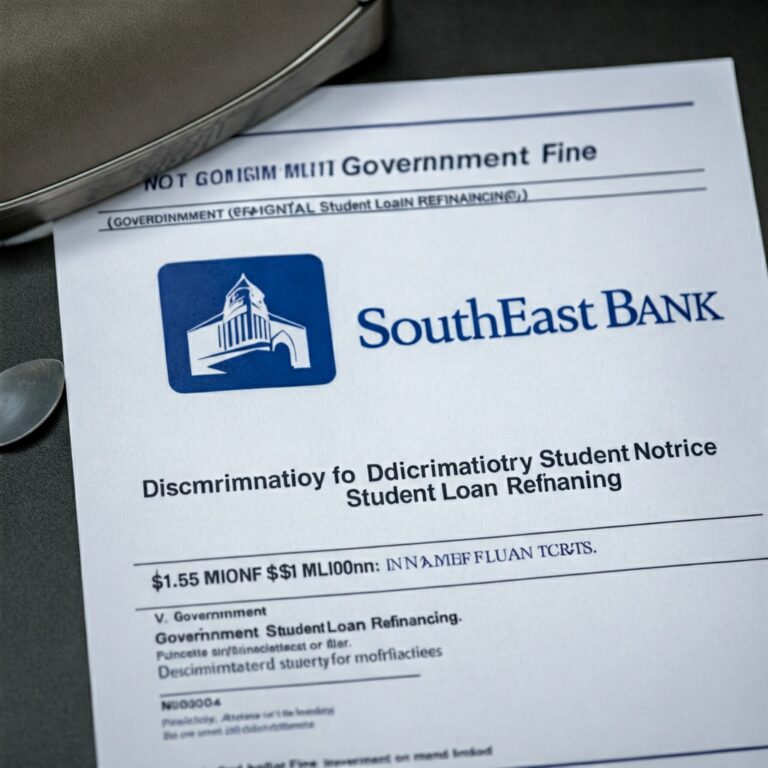SouthEast Bank Hit with $1.5M Fine for Discriminatory Student Loan Refinancing Practices Against Minorities
In a significant move towards addressing systemic inequalities in the financial sector, the Justice Department has announced a landmark…

In a significant move towards addressing systemic inequalities in the financial sector, the Justice Department has announced a landmark…